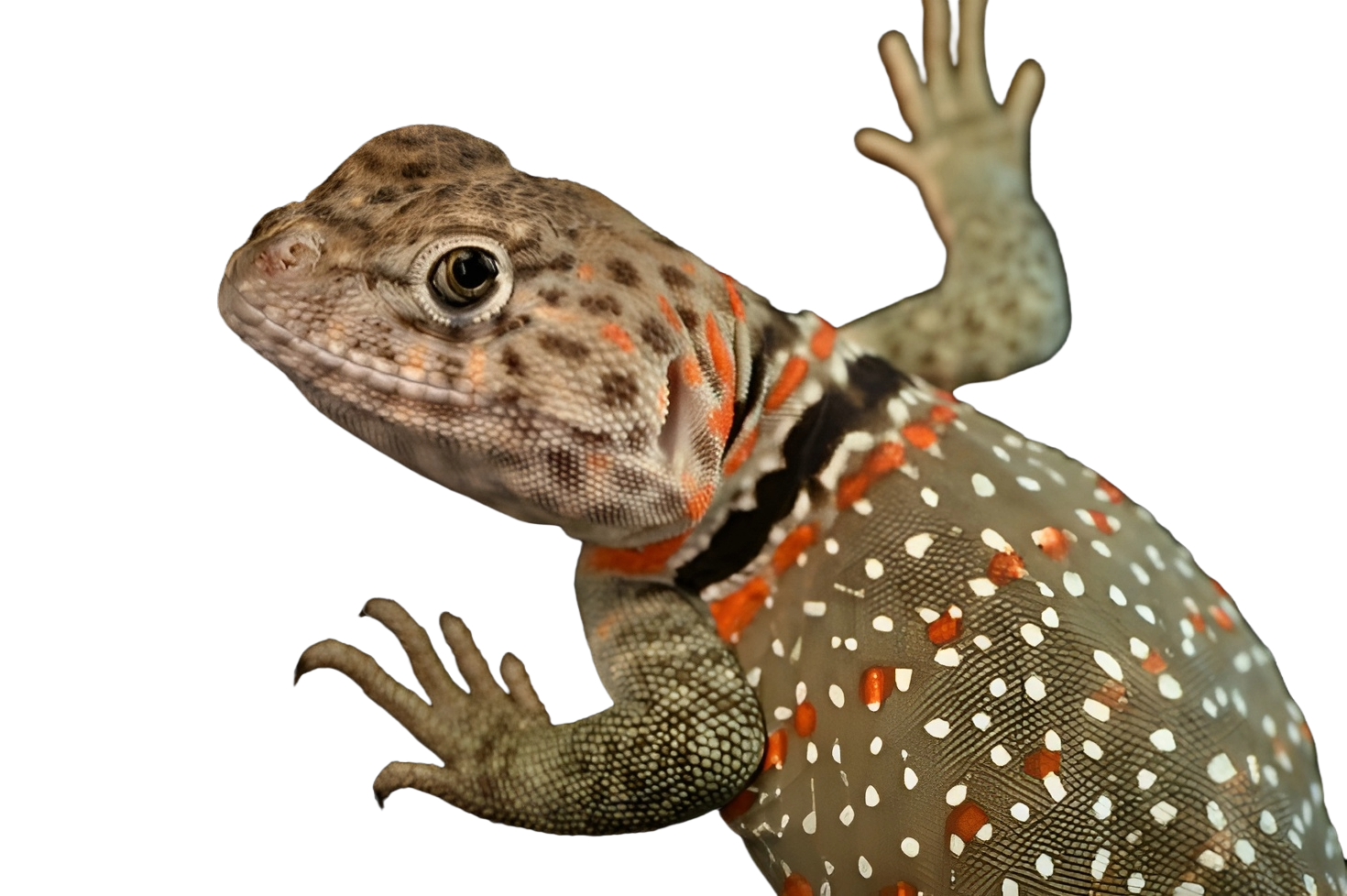Eastern Collared Lizards (Crotaphytus collaris) are diurnal, medium-sized lizards found in the south-central U.S. and northern Mexico, known for vivid hues and dark collars. Adults reach 8–14″ (20–35 cm) and possess powerful jaws for prey capture (ReptiFiles).
In the wild they occupy rocky outcrops, desert scrub, and grasslands, basking on stones in full sun and using bipedal sprints (up to ~16 mph) to evade predators. Highly territorial and solitary, males may fight or cannibalize tankmates; best housed alone. Lifespan in captivity often exceeds 10 years.
